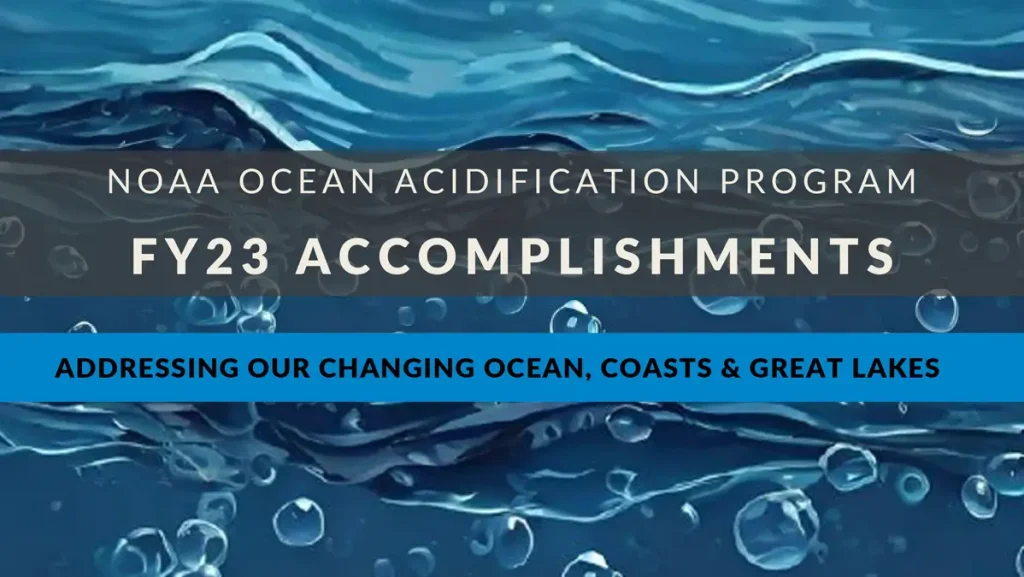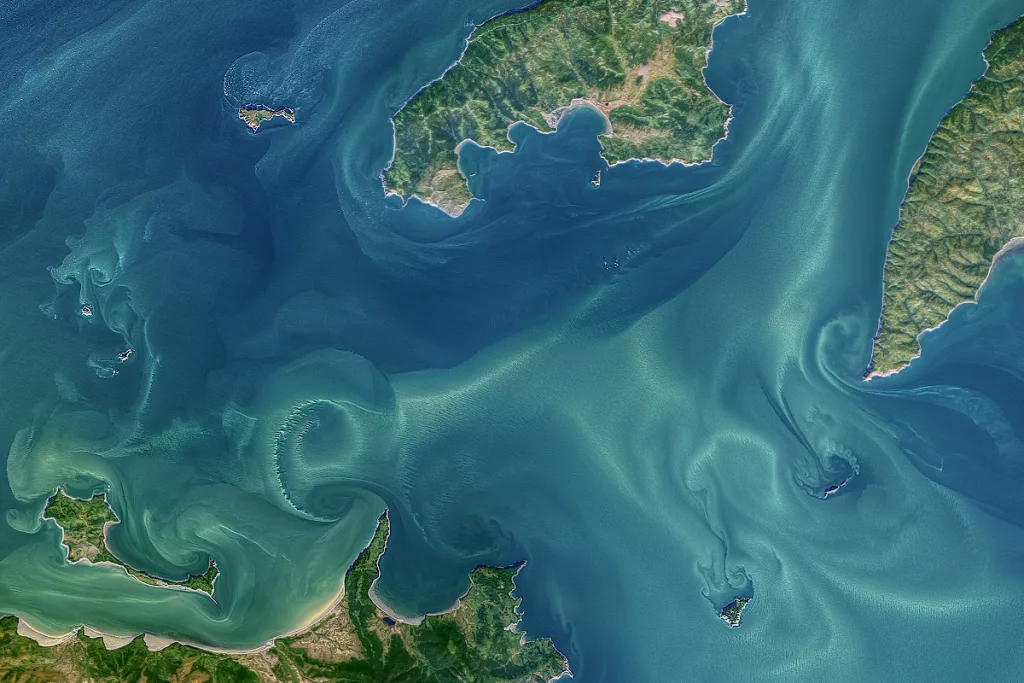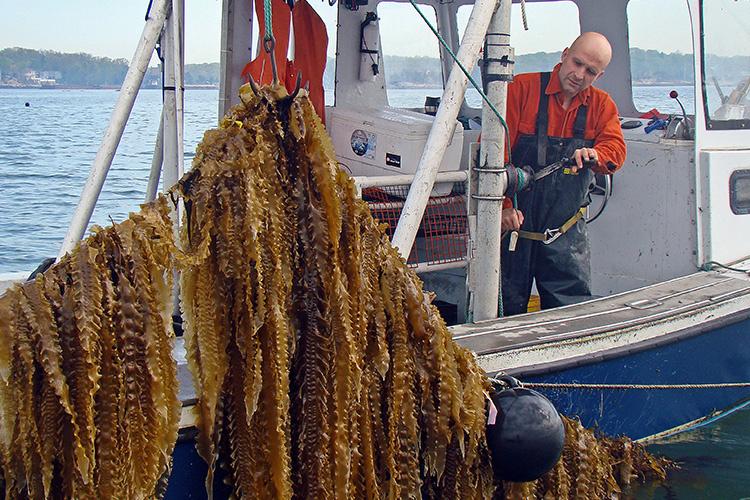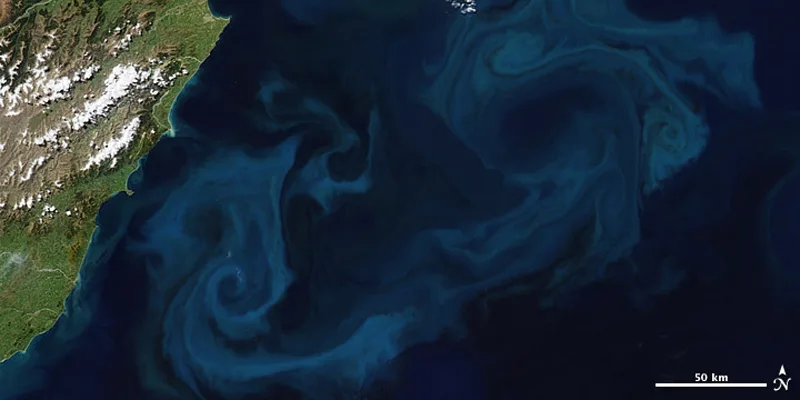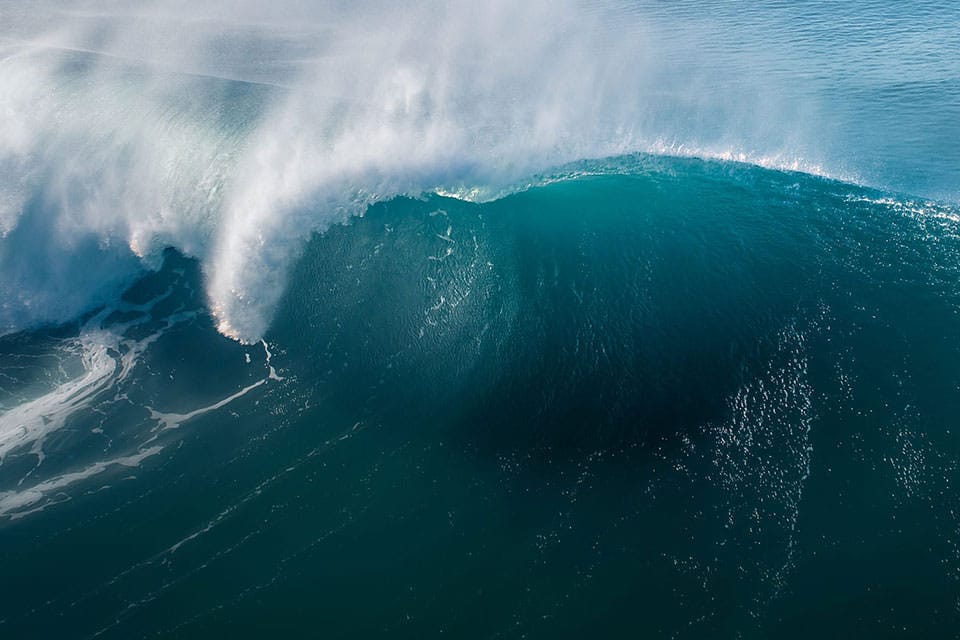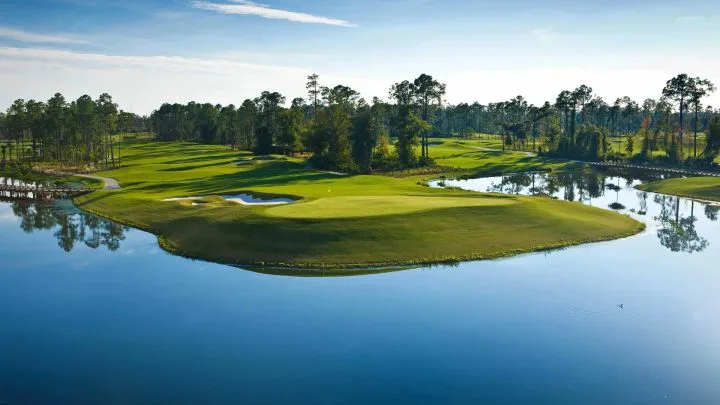Strategy for NOAA Carbon Dioxide Removal (CDR) Research: A White Paper documenting a potential NOAA CDR Science Strategy as an element of NOAA’s Climate Interventions Portfolio
This document is intended to serve as a reference for exploration of carbon removal research at NOAA. The report was drafted by authors from across NOAA to provide strategic direction to relevant labs and programs in multiple line offices. The goal has been to assemble as much information as possible in order to facilitate conversations […]
